1. Advanced Brewing of Biluochun: Skills to Maintain Clarity in Multiple Infusions
Stalk characteristics: Dry tea has thin, tight, and curled stalks. When brewed, it gradually unfolds as it absorbs water and slowly sinks to the bottom of the cup. This process should avoid external interference;
Soup serving skills: The action during soup serving must be gentle and slow. Keep the cup or fairness cup steady when holding to avoid shaking that causes tea leaves to roll—excessive rolling will make a large amount of downy hairs fall off, and the tea soup tends to be turbid;
Concentration balance: The flavor of Biluochun's tea soup shows a "light first, then strong" trend. The first infusion has a fresh taste because the tea leaves have just woken up; as the number of infusions increases, the internal substances are gradually released, and the concentration of the later soup will naturally increase. If you are worried about insufficient infusion in the first brew, you can slow down the soup serving speed appropriately (extend by 5-10 seconds), but do not shake vigorously to force out the flavor.

Water injection preparation: First pour hot water into the fairness cup and let it stand to dissipate heat (the water temperature still needs to be maintained at 30-70℃, which can be 5-10℃ higher than the first infusion because the tea leaves have initially unfolded). After transferring water from heat source containers such as iron kettles to the transparent fairness cup, "let it stand for 10 seconds" to reduce bubbles and agitation caused by water flow impact;
Water injection points: Pour water slowly from the edge of the cup mouth. The water flow needs to be as thin as a "silk thread", sliding down the cup wall to the surface of the tea soup. Avoid directly impacting the tea leaves at the bottom of the cup—tea leaves rolling is the core reason for downy hair loss and tea soup turbidity;
Clarity secret: For extreme clarity, you can use a fine strainer for secondary filtration when serving the second infusion. Compared with brewing without filtration, it can effectively intercept fallen downy hairs and fine tea residues, making the tea soup clearer.
2. Detailed Explanation of Middle-Pouring Method for Huangshan Maofeng: Step-by-Step Operation and Detail Control
Appearance features: Dry Huangshan Maofeng has thicker stalks than Biluochun, showing flat sparrow tongue shape, with complete buds and leaves connected, light greenish-yellow color. Pretreatment should avoid damaging buds and leaves;
Tool selection: Do not use a tea scoop when taking tea (easy to break tea leaves due to scraping), it is recommended to use a tea stone to gently peel off—tea stone has a smooth surface, which can reduce friction with tea leaves and protect the integrity of buds and leaves;
Tea amount: Add 3-4 grams of tea to a 150ml glass, suitable if buds and leaves are not crowded after unfolding.
Cup warming and preheating: Rinse the inner and outer walls of the glass evenly with hot water to fully preheat the utensils (Huangshan Maofeng needs a slightly higher temperature to awaken; insufficient preheating may cause slow subsequent tea unfolding). Pour out all water after warming;
Pour one-third water: Pour 1/3 volume of 70-80℃ hot water into the cup, and add tea after the water surface is completely calm—"adding tea after water is calm" is a key detail of the middle-pouring method, which can avoid uneven tea distribution caused by water flow shaking;
Tea stirring and moistening: Use a tea spoon to gently stir the tea leaves to disperse them evenly on the water surface, and gently shake the cup (with amplitude to prevent tea soup from overflowing) to allow the tea leaves to fully absorb water and expand. This step is similar to "awakening tea", preparing for subsequent flavor release, with moistening time of about 30 seconds;
Secondary water injection: Slowly pour hot water along the cup wall to 80% full. The water flow still needs to be gentle, following the rhythm of "water injection→tea addition→cup shaking→secondary water injection". After secondary injection, let stand for 1-2 minutes until the buds and leaves stand upright and unfold, and the tea soup is yellowish-green and bright, then it is ready to drink.
3. Health Benefits and Practical Skills of Green Tea
Core benefits: Anti-inflammatory and fire-reducing (antioxidant effect of tea polyphenols), improving eyesight and detoxifying (rich in provitamin A);
External skills: Cooled brewed green tea bags wrapped in gauze can be applied to the eyes to relieve eye fatigue and reduce eye bags (due to the penetration of tea polyphenols and minerals);
Drinking suggestions: Control daily consumption at 5-10 grams to avoid gastrointestinal discomfort caused by excessive drinking (green tea is slightly cool; people with deficient and cold spleen and stomach can mix with honey to moderate).

4. Knowledge Summary: Advanced Points of Green Tea Brewing
The advanced way of green tea brewing lies in "understanding tea properties and controlling details". Maintaining clarity in multiple infusions of Biluochun requires gentleness to protect downy hairs, layered release of Huangshan Maofeng needs to grasp the rhythm of water injection, and flexible application of the three methods shows respect for the diversity of green tea. From temperature control to water injection, from downy protection to awakening, the refinement of each detail not only presents a good cup of tea but also a deep dialogue with natural gifts—when the tea soup is clear and unfolding in the cup, and the flavor is fresh and sweet in the mouth, it is the best proof of brewing skills.


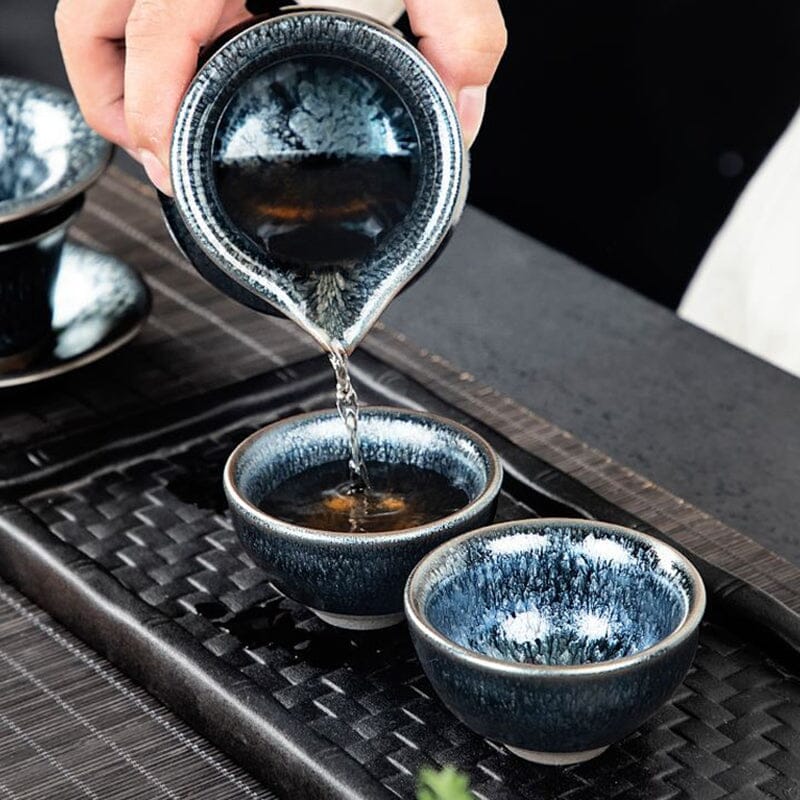
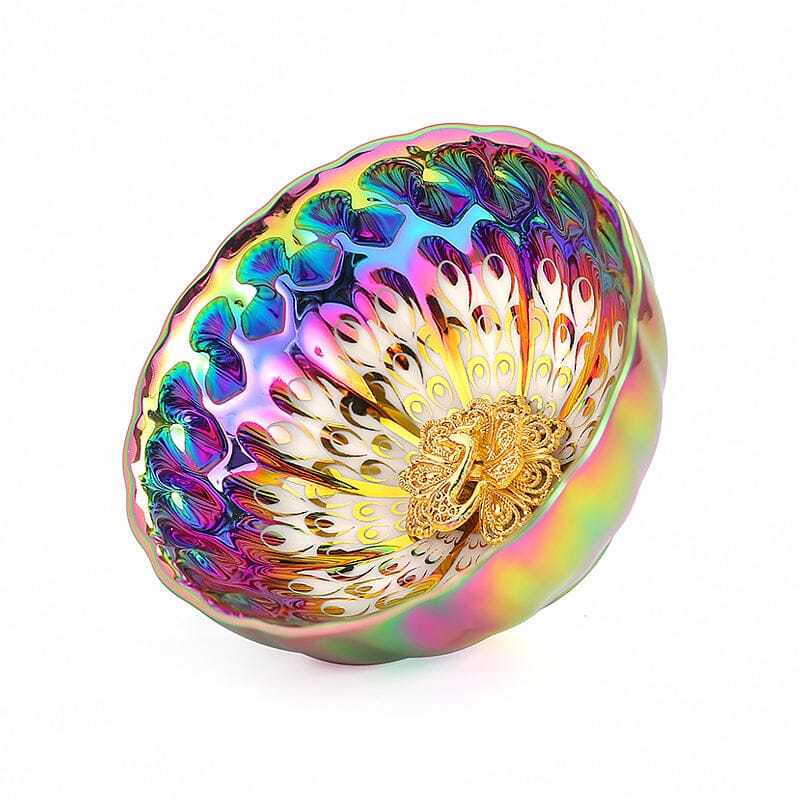


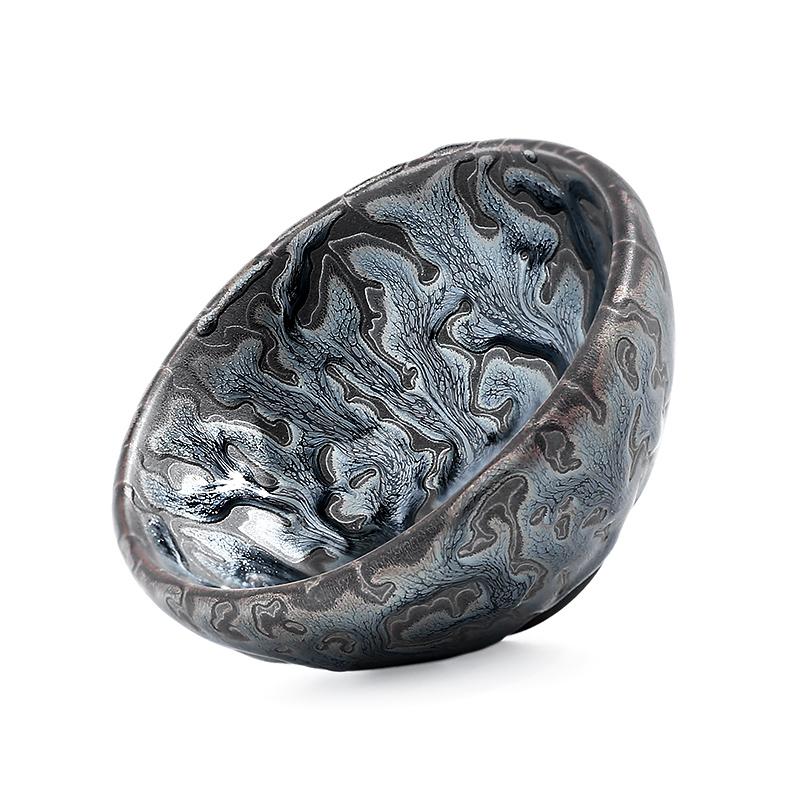
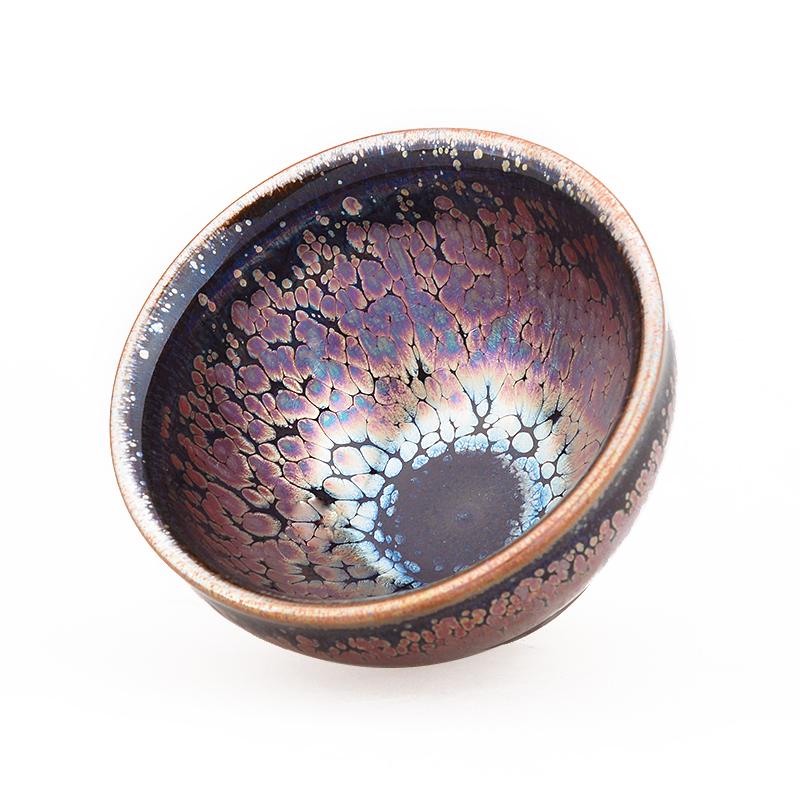
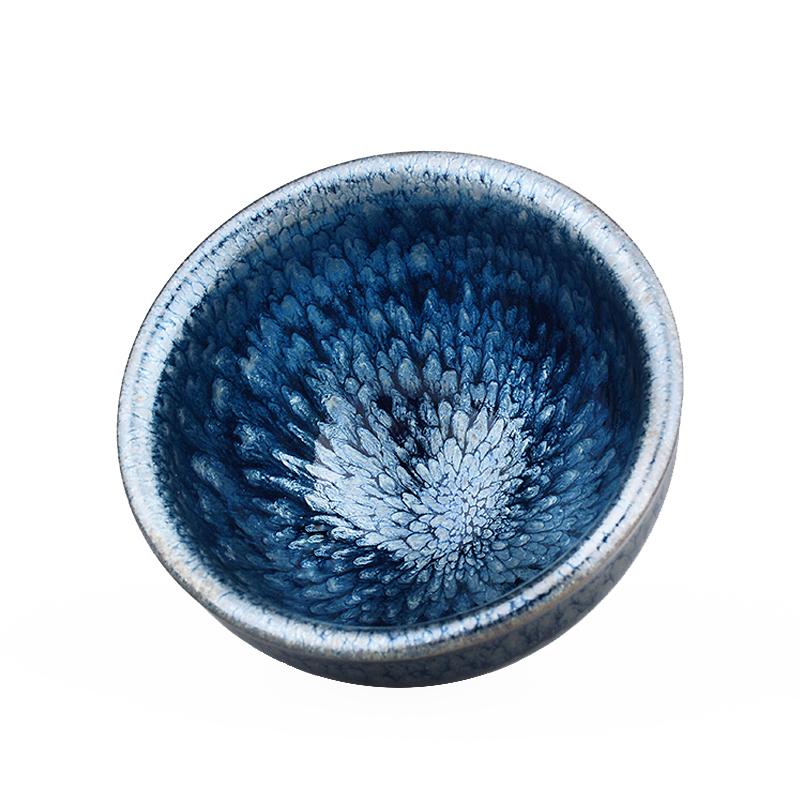
Compartir:
Practice of Biluochun's top-dip method and Huangshan Maofeng's middle-dip method (Part 1)
Brewing Oolong Tea – Da Hong Pao: A Tasting Guide from Technique to Culture